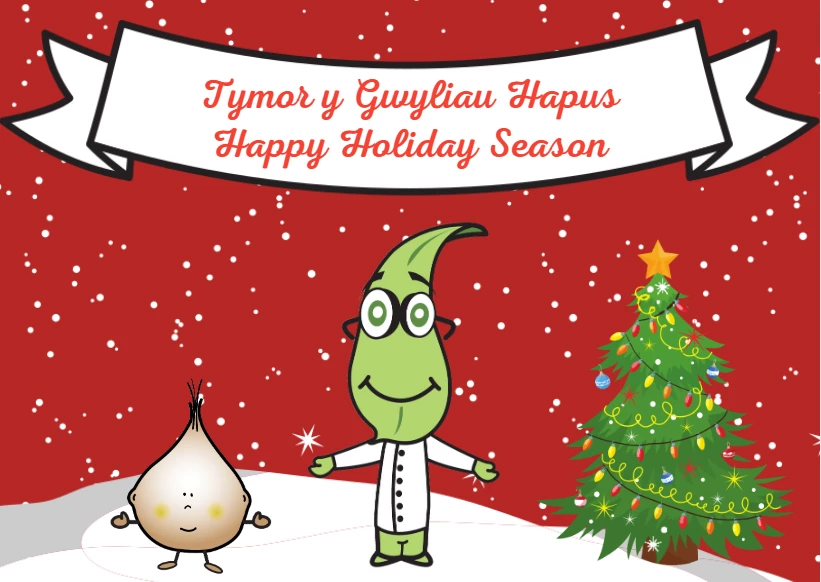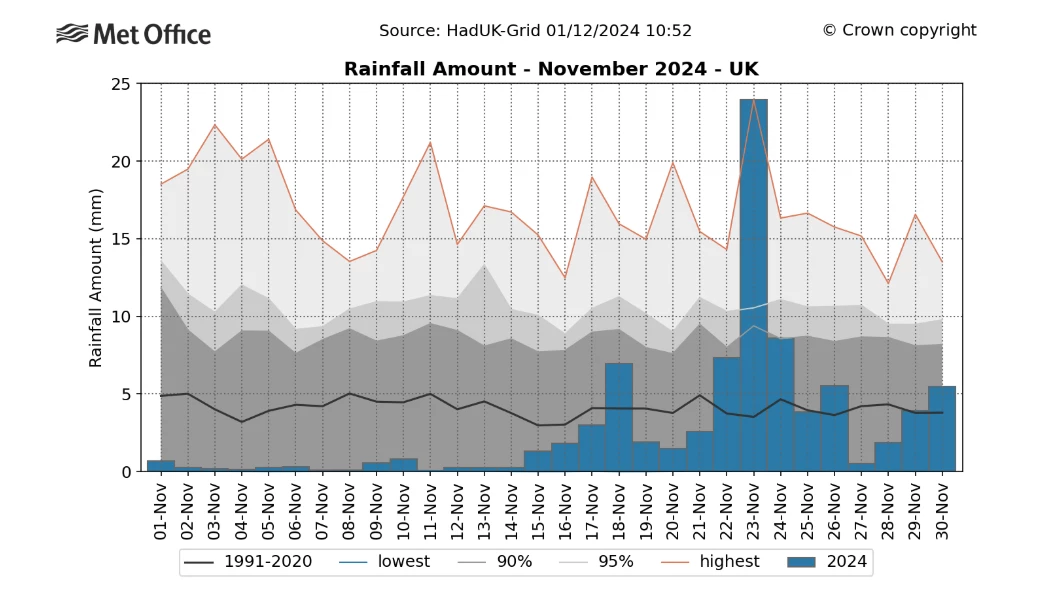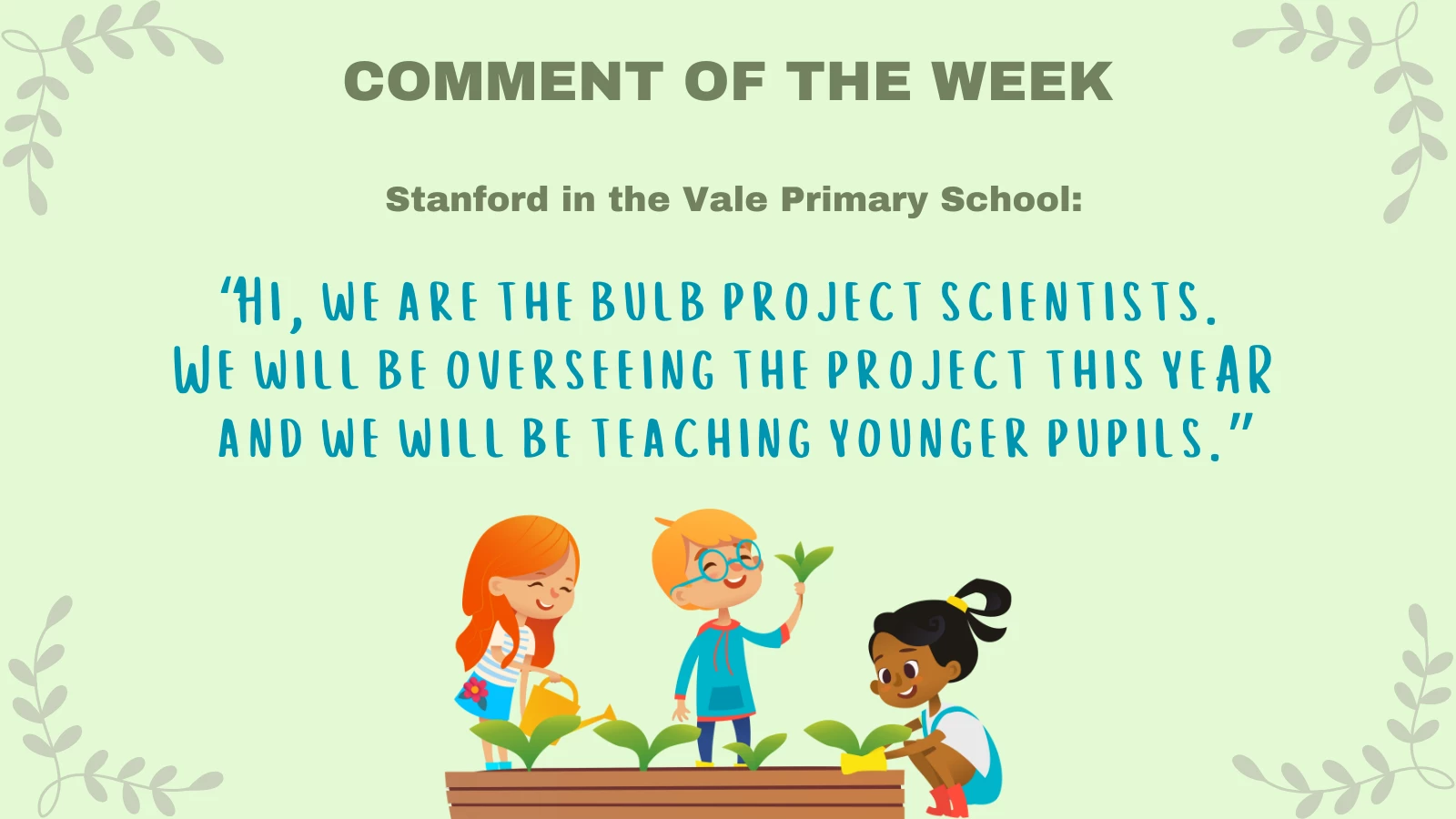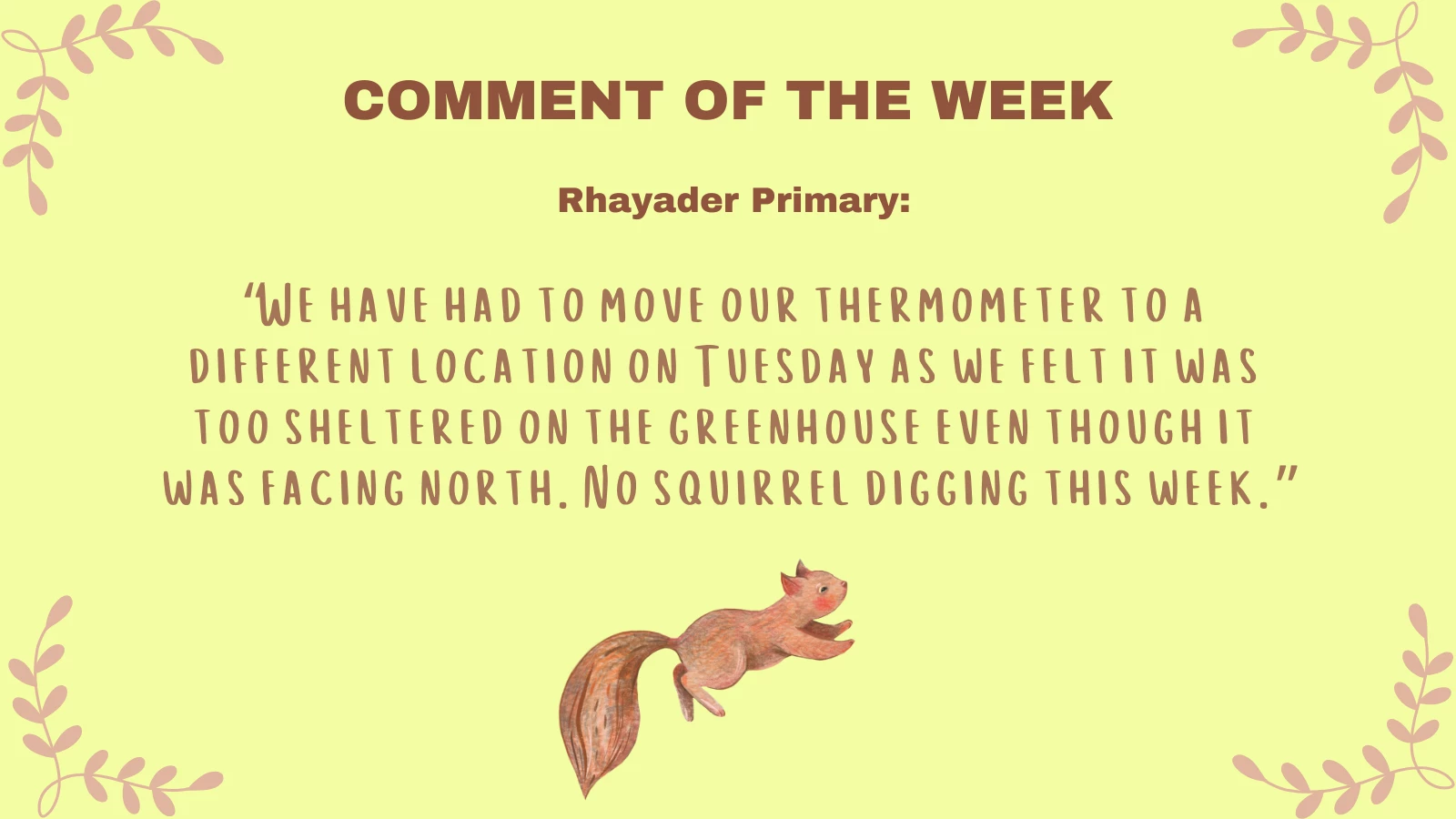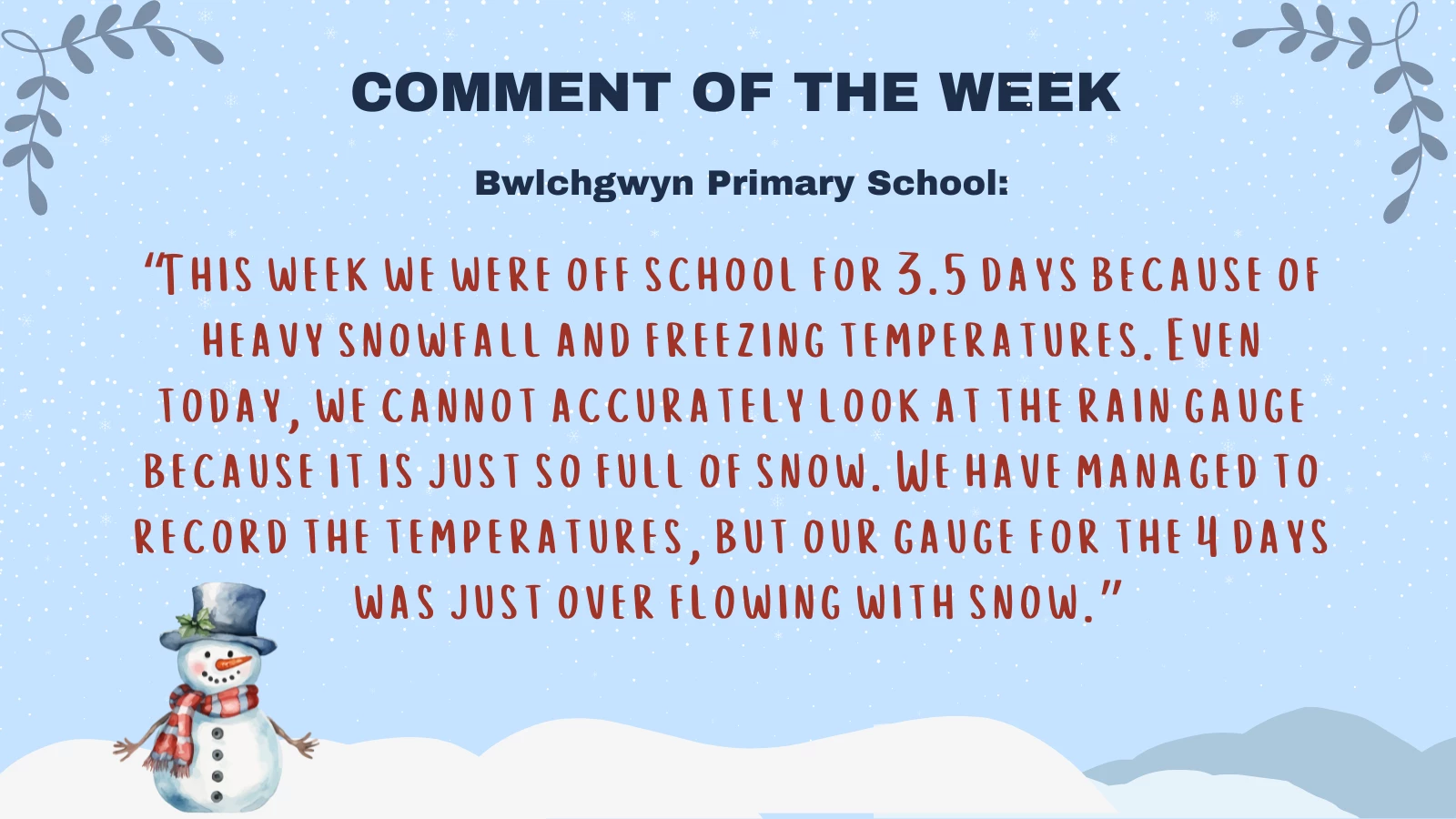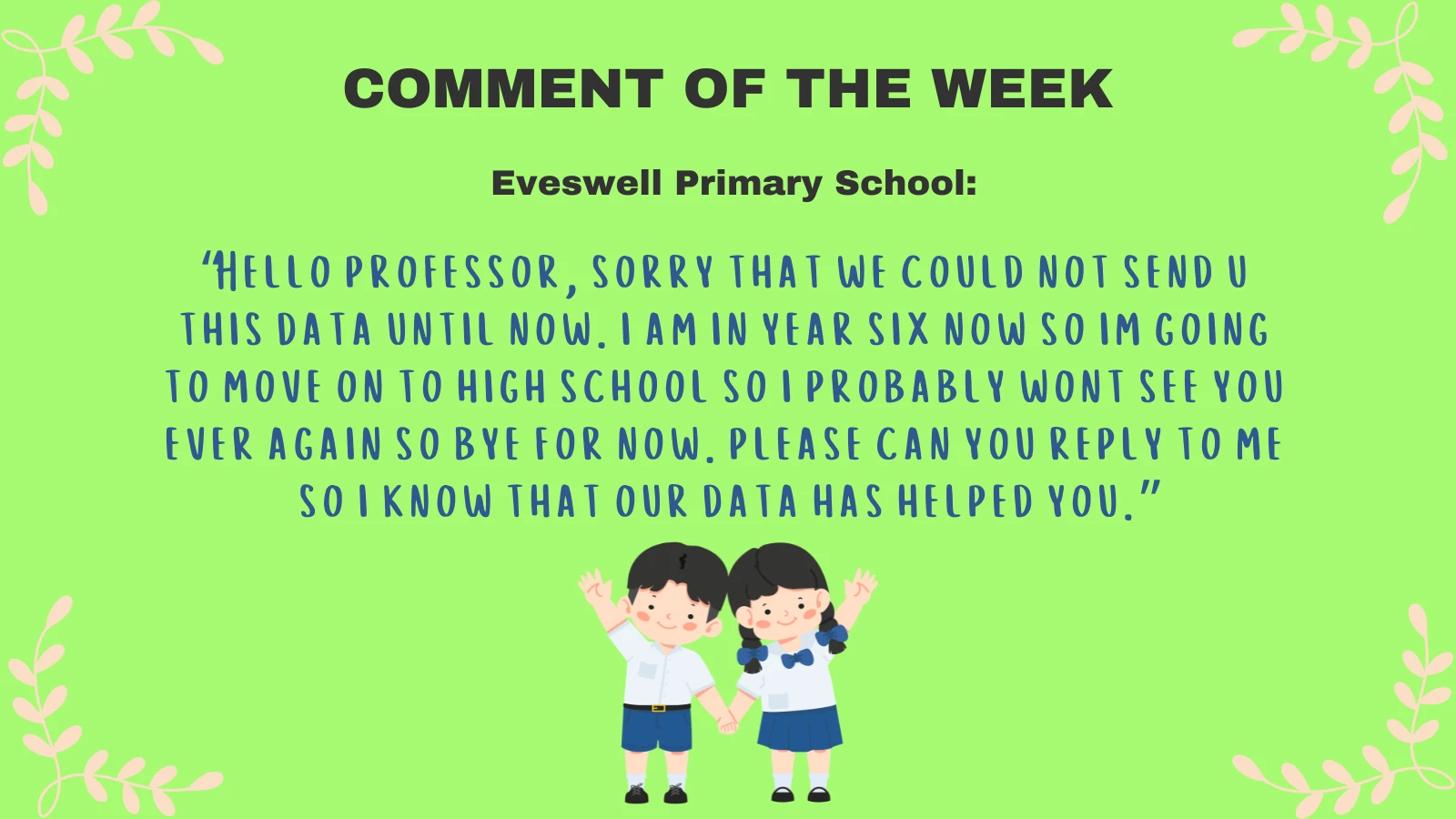Strike Stories: Meinir Morris (striker’s daughter)
, 27 December 2024
In this series of Strike Stories we hear the highs and lows of that life changing year through the eyes of miners, families, police officers and politicians as they recall what life was like in 84–85.
The Strike Stories form part of the Streic 84–85 Strike exhibition which is on display at National Musem Cardiff until April 27 2025.
Phurnacite Works in Abercwmboi, Cynon Valley (1984)
Source: Dr Mary Gillham Archive Project
This file is licensed under the Creative Commons Attribution 2.0 Generic license.
My Dad worked in Phurnacite smokeless fuel plant in Abercwmboi, which took thousands of tons of coal a week to produce fuel for stoves and other things. I remember the smoke from the plant basically sitting over everything, right across the middle of the valley.
I was about ten when the strike started. We lived about a five-minute walk from the works gate, so Dad used to walk up there for 6am and come home around 6pm. But it suddenly changed. Dad was around. He’d walk me up to catch the school bus. Everyone had to find a way to make ends meet and the community really pulled together. Dad got ‘hobbles’ around the village, painting and doing DIY. He painted family, friends and co-workers’ homes,the chapel, whatever. And if he did something, he’d get something in return. So, he’d get me off to school and then often walk on a couple of miles to somewhere else, for odd jobs.
I went to the Welsh school which was two miles away, a bus ride. While the kids in Abercwmboi all had family working in the coal plant, my school was different, families worked in other places, so the kids I mixed with weren’t exposed to it like we were in my village. They did a lot of kind things for local mining communities.
Opportunities came our way because of the situation – people were so generous. My friend’s family had a little smallholding in Ystradfellte and they took me there for a week so I’d have a summer holiday. Totally off grid. We ran wild, it was wonderful. My friend’s nan arrived with a massive sack of apples. Life was all about apple pie, apple crumble, for weeks on end - Mum would make them for other people, too. Ferrari’s cake factory used to do tray-bake iced cakes, but they couldn’t sell the edges – so we’d get those trimmings. Our elderly neighbours knocked on the door and gave us a big Co-op bag of food – I remember a massive box of cornflakes. Every family had a weekly box that the community rustled up from donations and I used to go to the local football club and help on the ‘production line’, with things like putting a tin of beans in each box.
My aunty lived nearby opposite the gates to the Phurnacite site so it was quite a hotbed of activity with the picket line. I had been allowed to go down there whenever I wanted…suddenly that changed. You’d hear the police sirens. There was violence. Her father-in-law was in the police and her husband worked at the plant, which caused some problems. The police had taken to hiding behind her wall, you’d see their hats poking over the top. But she had to speak with her father-in law to ask them to stop, it was creating too much tension. I had no idea why I wasn’t allowed down to Aunty Eryl’s any more, but I used to listen in on the conversations and as I got older, things started to fall into place.
We became more frugal. The rented colour TV was replaced with a black and white one. We’d water down the ketchup with vinegar. That frugality still lives within me, today. One thing I remember vividly was that the local school did free meals for striker’s children, including at weekends. As I went to an old Victorian school, I recall being thrilled at the novelty of going to a new, state-of-the art school for a nose around and a meal at the weekend – my cousins, who had to go there every day, were somewhat less excited.
My Mum had been a stay-at-home Mum, but the strike led to her getting a job, doing shift work at the Memory Lane cake factory in Cardiff to help things along. She didn’t like it much but moved to a job at Tesco – and she carried on there after the strike ended.
Dad was worried about Christmas, but we remember it being a great one. An extra food box and gifts and toys donated not just from our community, but from all over the UK and beyond, people donated things from places as far afield as Russia and Poland. I heard a story once about someone having a little envelope of funny powder in their food box. They found out later it was powdered borscht.
My Dad still stands by everything they fought for – it was about an entire community and its livelihood, although it was a cesspit of pollution and would never be permitted today. The plant was about fun, camaraderie and banter – he missed all that. But he knew the Phurnacite site couldn’t survive, and ultimately it led him to diversify. He was only 30, young, really. So, he went to night school to do his English ‘O’ level and studied sociology and eventually, he and I ended up at University at the same time. He got a degree in social work and went on to a completely new, successful career. He takes immense pride in everything he’s done.
Meinir Morris, striker’s daughter, Abercwmboi.
